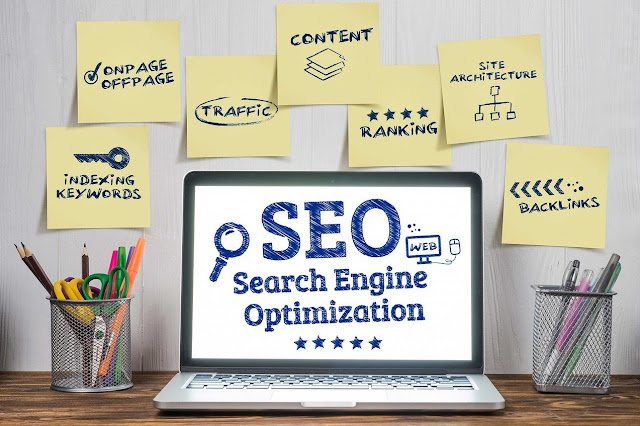Guide To Select The Right Industrial Hose
Facilitating the right material for an application empowers its efficiency to produce better results. In industrial sectors, conveying liquids is a critical function that is imperative for many operations. Due to its significance, selecting the right components ensures less risk of failure and sufficient performance. Industrial hoses are built specifically to handle fluids of various viscosity and chemical properties. As a result, poor selection of tubes could result in frequent occurrences of issues and malfunctioning. This is why the ideal selection of hoses can optimize applications for higher performance.
Size
A primary and obvious factor is selection is the size. Start by measuring the outer lid of a bulkhead or clamps used for connections. Then, find if those measurements agree with the inner and outer diameter of a tubing case. Properly selected components are measured through techniques yields accurate results. Any changes in diameter should be noted immediately and rectified on time.
Temperature
Inner casings protect a tube structure from various damages. It includes higher fluid and ambient temperature as well. Anything above the specified level could impair the cover material, so it is essential to figure the temperature of a conveyed fluid in hydraulics. As always, avoid the transfer if the specified range is higher than the tolerable temperature.
Application
Another imperative factor is applications of industrial hoses. To start with, determine if the standards are applicable to its functional specifications. Other than this, check if it needs a conductive material or needs corrosive resistance. Additionally, note any fittings, installations, and manipulative features as well.
Material
Transfer fluids that comply with the material specifications. Alloys can resist corrosion while metal covers are ideal for chemicals. Likewise, any gaseous materials are handled with an ideal percentage of concentration. Through this, technicians can protect the inner linings and casings of a tube. It also increases its longevity for a significant lifespan.
Pressure
Any spikes in pressure could obliterate the entire component and could even cause danger to human operators. Hence, find the maximum pressure of a hose, along with its suction ratings. Acquire a prototype and test its limits. It is essential to note any loose points indicated by spills or air bubbles.
Ends
Lastly, check if that clamps or couplings are of proper fitting. The selection of such a feature ensures a good seal for optimum performance. This reduces the downtime in case of any faults and ensures prolonged service life.
Follow us here: http://www.facebook.com/allservindustrial




Comments
Post a Comment